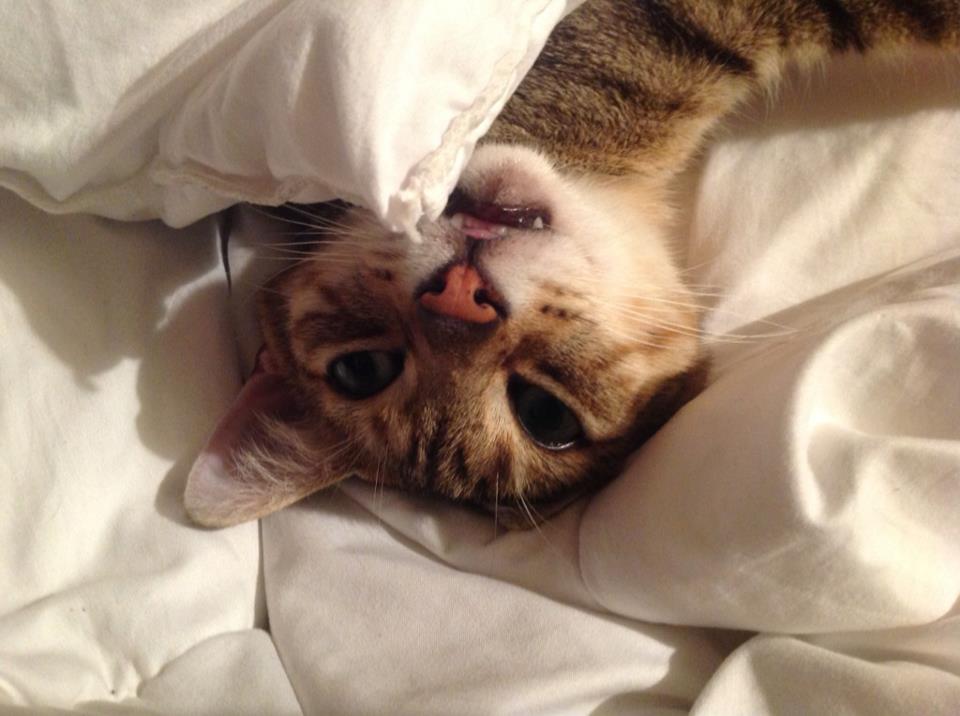 University of Life: stats reveal that over three quarters of the 50 richest people under thirty didn’t go to university…
University of Life: stats reveal that over three quarters of the 50 richest people under thirty didn’t go to university…
- Only 24% of the Young Rich List were privately educated.
- 84% are self-made.
- Sports stars make up 40% of the Young Rich List.
Young, rich, and famous: that’s what everyone wants to be, right? But while we all want to ‘get rich’, there’s no one, clear path to going about it. Some people are born rich, some will work incredibly hard to become rich, while others are just plain lucky. So, is there any secret to it? Does it all depend on what kind of education you had? Is private school necessarily ‘better’ than state school? Should you go to university, or could it actually be a waste of money? Do some professions make you richer than others? Are there any short cuts?
The questions are endless. However, creators of eco classrooms and modular school buildings TG Escapes, decided to analyse the backgrounds of the 50 richest people under thirty, who appear in this year’s Sunday Times Young Rich List, and they made some very interesting discoveries…
Firstly, only 34 out of the 50 (that’s over two thirds) went to state schools, proving that you don’t necessarily have to pay for a ‘better’ education to end up rich. If you have talent and skill, then that will take you far; just look at the likes of footballer Wayne Rooney (6th on the list, worth £96m), singer Ellie Goulding (at number 39, she’s worth £17m) or boxer Amir Khan (worth £18m, at number 36); they all went to state school, but clearly already had an innate talent that shone through.
And an even greater proportion of people (76%), didn’t go to university. Perhaps that’s not too surprising, given the crippling fees it costs these days, but it certainly didn’t do the likes of older, successful entrepreneurs like Sir Alan Sugar or Sir Richard Branson any harm; following in their path are the likes of techpreneur Pete Cashmore, who founded tech blog Mashable (and, at number 5 on the list, is worth a staggering £170m).
What is also inspiring is that 42 of them (84%) are totally self-made, and didn’t inherit family wealth. This can’t be said for the person at the top of the list, 30 year Tom Persson – who’s worth a whopping £672m – because he’s part of the family who own fashion label H&M. But for the majority of sports stars, or musicians, many of whom come from relatively humble backgrounds, they’ve made their wealth on their own, thanks to their skill. Footballer Gareth Bale, for example, amassed his £34m fortune (no 17 on the list) himself, while the four current members of One Direction are all worth £33m (at no 18).
So what are the professions which will make us the richest? Well, 40% of those on the list are in sport, while 37.5% are involved in creative industries such as film (like Emma Watson, no 16 on the list with £35m), music (like Ed Sheeran, no 14 with £45m), or fashion (such as model sisters Cara and Poppy Delevingne (worth £14m between them, at no 49). Two per cent are lottery winners, Nottinghamshire couple Matt and Cassey Topham, who won a £45m Euromillions draw in 2012.
But perhaps more soberingly, only 10% of the people on list work in industry – in electricals, property or cars – such as 28 year old Thomas Mackie, who runs the electrical goods wholesaling company his grandfather started in Kenilworth and has built it up so much that his net worth is now £380m (putting him at no 3 on the list).
‘There are obviously a variety of ways to become rich and successful,’ says Richard Harvey, Managing Director at TG Escapes: ‘Good, hard graft rewards many, and talent will get you far, too. However, it’s a little sad if young people reading this think that the only way to make money is to become a pop star, actor or sportsperson, which couldn’t be further from the truth. It’s worth sticking with an education for as long as you can, which will give you so many more options later in life.’







